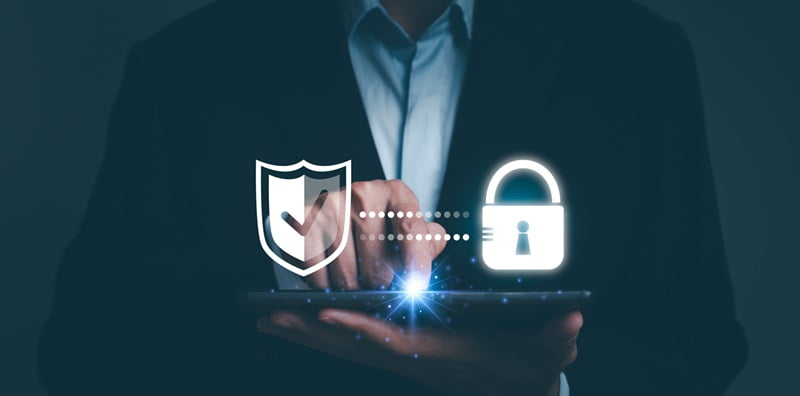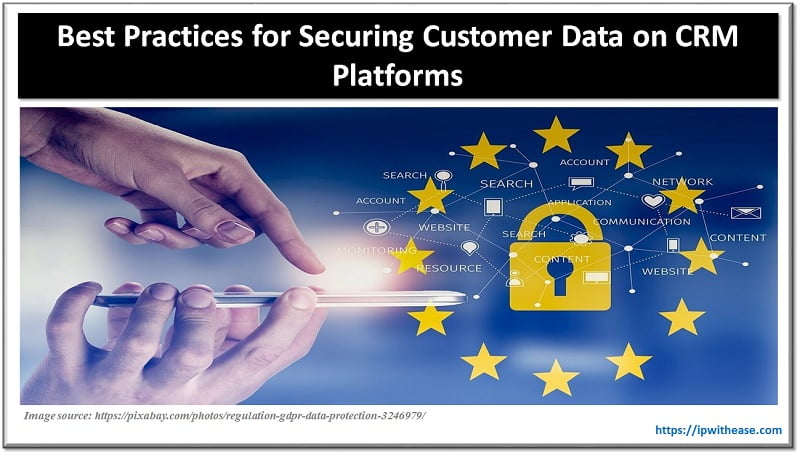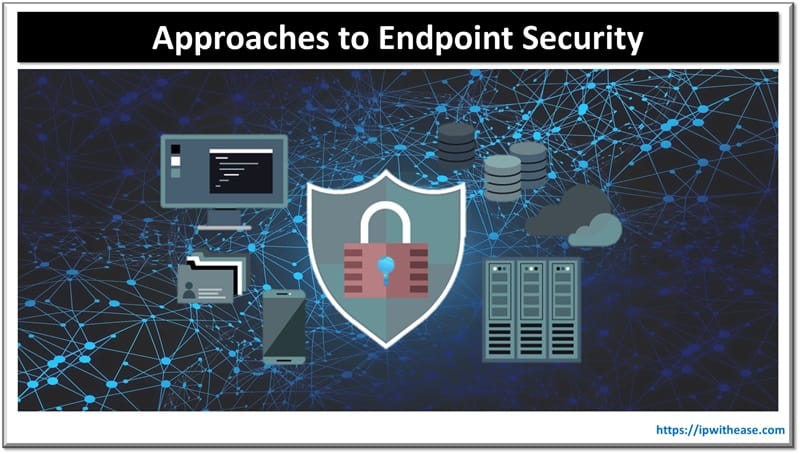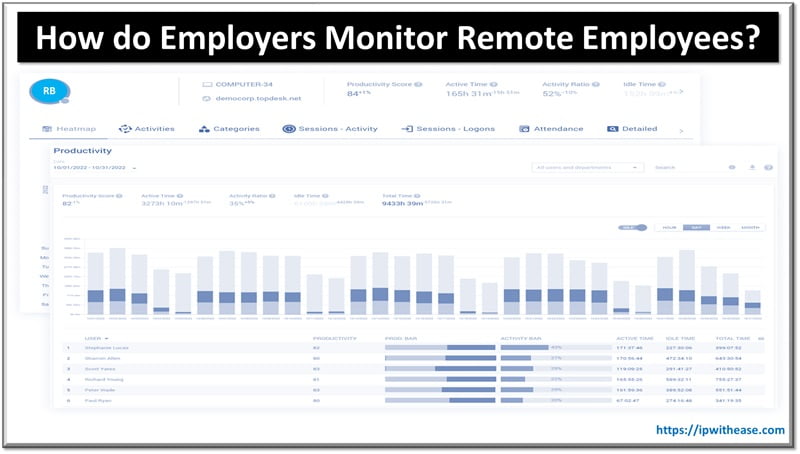In the contemporary digital landscape, safeguarding sensitive information has become paramount for businesses to maintain trust and comply with regulatory standards. When it comes to DLP (data loss prevention) security, organizations must adopt proactive measures to mitigate potential risks. Implementing robust data protection strategies not only safeguards confidential information but also fortifies the overall security posture of the workplace.
In this article, we will explore essential ways to enhance data protection in the workplace.
Ways To Enhance Data Protection

1.Implement Comprehensive Data Loss Prevention Solutions
When it comes to DLP security, implementing comprehensive solutions is imperative. DLP tools enable organizations to monitor, detect, and prevent unauthorized access or distribution of sensitive data. These solutions typically include features such as content discovery, encryption, and real-time monitoring.
Investing in a DLP system tailored to the organization’s needs enhances the ability to identify and mitigate data security threats effectively. Additionally, organizations should regularly update these solutions to stay ahead of emerging threats and leverage advancements in technology that can further bolster their defense mechanisms.
2.Conduct Regular Employee Training
Employee data protection is a crucial aspect of overall data security. Educating employees about the importance of safeguarding sensitive information and the potential risks associated with data breaches is essential. Conducting regular training sessions on data protection policies, secure password practices, and recognizing phishing attempts can significantly reduce the likelihood of human error leading to security vulnerabilities.
Moreover, creating a culture of awareness and accountability among employees ensures that they actively contribute to the organization’s data protection efforts, becoming an integral part of the defense against cyber threats.
3.Enforce Strong Access Controls
Limiting access to sensitive data is fundamental to data protection. Implementing strong access controls ensures that only authorized personnel have access to confidential information.
Regularly review and update access permissions based on job roles and responsibilities. This not only prevents unauthorized access but also minimizes the risk of internal data breaches.
Organizations should consider implementing multi-factor authentication to add an extra layer of security, requiring users to verify their identity through multiple means before gaining access to sensitive data.
4.Regularly Update And Patch Systems
Outdated software and systems are often vulnerable to security threats. Regularly updating and patching operating systems, applications, and security software is crucial in addressing potential vulnerabilities. This practice ensures that the organization’s digital infrastructure remains resilient against evolving cyber threats.
Furthermore, organizations should establish a systematic approach to vulnerability management, regularly conducting risk assessments to identify and address potential weaknesses before they can be exploited by malicious individuals.

5.Encrypt Sensitive Data
Encryption adds an extra layer of protection to sensitive data, making it unreadable to unauthorized individuals even if they gain access to it. Implementing encryption protocols for data at rest and in transit is essential. This is particularly important for mobile devices and external storage devices that may contain sensitive information.
Additionally, organizations should consider implementing tokenization, a process that substitutes sensitive data with non-sensitive placeholders, further reducing the risk of data exposure in the event of a breach.
6.Monitor And Audit User Activities
Monitoring and auditing user activities helps in identifying any unusual or suspicious behavior that might indicate a security threat. Implementing logging mechanisms and analyzing user activity logs can aid in the early detection of potential data breaches. Regular audits provide insights into compliance with data protection policies and help in refining security protocols.
Additionally, organizations should leverage advanced analytics and machine learning tools to enhance their ability to detect patterns indicative of security incidents, allowing for a more proactive and efficient response to potential threats.
7.Secure Endpoint Devices
Endpoint security is critical, especially in today’s remote work environment. Ensure that all endpoint devices, including laptops, smartphones, and tablets, have robust security measures in place. This includes antivirus software, firewalls, and device encryption. Remote wiping capabilities for lost or stolen devices further enhance data protection.
Organizations should also implement a comprehensive endpoint detection and response (EDR) strategy, which enables real-time monitoring, detection, and response to potential threats across all endpoint devices, regardless of their location.
8.Establish Incident Response Plans
Despite all precautions, incidents may occur. Having a well-defined incident response plan is essential for minimizing the impact of a data breach. The plan should include clear procedures for reporting incidents, containing breaches, conducting investigations, and notifying relevant stakeholders. Regularly test and update the incident response plan to adapt to emerging threats.
Additionally, organizations should conduct simulated cyberattack scenarios, involving key stakeholders and IT teams, to ensure the effectiveness of the incident response plan and identify areas for improvement.
9.Collaborate With Third-Party Security Experts
Engaging with external security experts can provide valuable insights and recommendations for improving data protection measures. Third-party assessments, penetration testing, and security audits contribute to a comprehensive understanding of potential vulnerabilities and areas for improvement in the organization’s security infrastructure.
Moreover, organizations should establish ongoing partnerships with security experts to stay informed about the latest cybersecurity trends, ensuring that their defense mechanisms evolve in tandem with the ever-changing threat landscape. Regular collaboration with external experts fosters a proactive approach to data protection, allowing organizations to stay one step ahead of potential security risks.
Conclusion
Enhancing data protection in the workplace requires a multi-faceted approach that addresses both DLP security and employee data protection. By adopting comprehensive solutions, educating employees, and implementing proactive measures, organizations can significantly reduce the risks associated with data breaches. The ever-evolving nature of cyber threats underscores the importance of staying vigilant, regularly updating security protocols, and collaborating with experts to fortify the organization’s defense against potential data security challenges.
Continue Reading:
10 Best DDoS Protection Service Providers
Top 5 Data Breaches in Cyber Security and Possible Preventative Measures
ABOUT THE AUTHOR
IPwithease is aimed at sharing knowledge across varied domains like Network, Security, Virtualization, Software, Wireless, etc.



